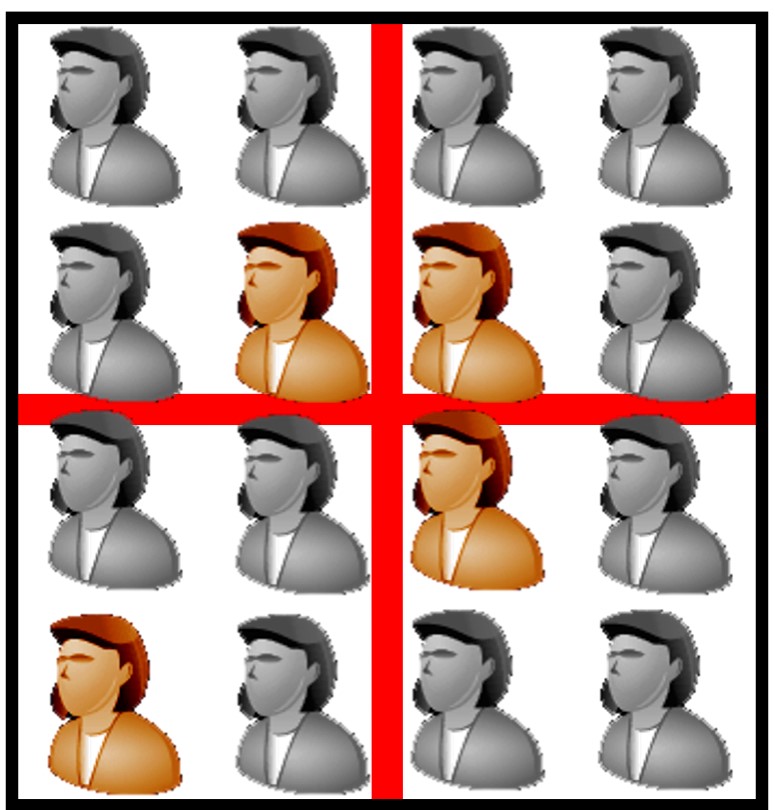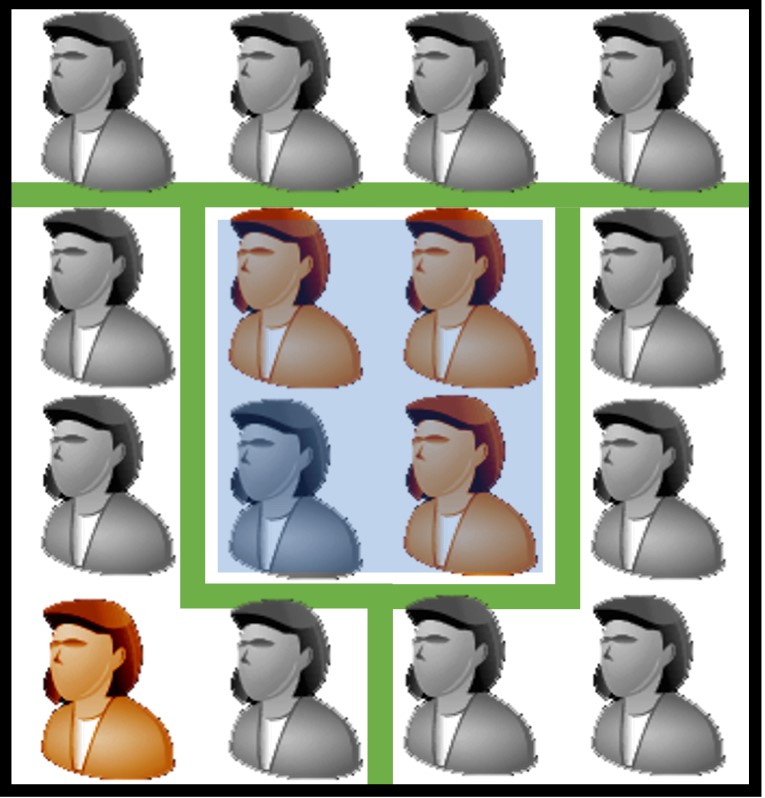By the Alameda County Coalition for Fair Redistricting
“Everyone Counts!” was the rallying cry during early 2020 as we prepared ourselves for the decennial census. Marches, rallies, and protests throughout 2020 highlighted other long-standing systemic inequities. Although the census data will be released later this year, now is the time to identify communities with common interests, so that their voices are heard and valued. When communities with shared interests advocate together, their environmental, health, social, and economic interests are more likely to be represented.
U.S. Census Bureau data is used to redraw boundary lines for elected officials, rebalancing the populations in federal, state, and local governmental districts — a process called redistricting. Communities participated in record numbers in the 2020 census, guaranteeing that federal funding (and the public’s tax dollars) comes back to the areas that need it. A fair and inclusive redistricting process is crucial to ensure that those dollars serve the needs of the residents in those districts. We will have to live with the lines drawn this year through 2031!
Public input is vital to inform map drawers of community interests which may not be apparent in population data. In the past, when elected officials drew the district lines themselves, they had an unfair advantage in choosing their constituents, rather than providing citizens the ability to choose their representatives. In 2008, California voters took back that responsibility, and in 2011, the 14 members of the statewide Citizens Redistricting Commission drew the district boundaries for Congress, the state legislature, and the State Board of Equalization.
In 2021, new state redistricting laws introduce ranked requirements, applicable to all government districts, which prioritize keeping neighborhoods together so that cities, counties, and special districts — including recreation, transportation, sewer, water, and healthcare — properly represent communities and neighborhoods.

Unfair redistricting can take away voting rights from the minority. In this example, minorities make up only one fourth of each district. They are not able to choose their own representative.

However, fair redistricting can empower a minority community to elect the representative of their choice. In this example, minorities make up three fourths of the blue district, and can choose their own representative.
Some counties and cities have embraced independent redistricting as the state did. Unfortunately, Alameda County is not one of them. On April 20th, the Alameda County Board of Supervisors voted to draw the district lines themselves, while downplaying the importance of redistricting.
Alameda County spends $3.5 billion annually on physical and mental health care, public safety, land use oversight, and other critical services. The Alameda County Coalition for Fair Redistricting promotes equitable and inclusive redistricting now. We are engaging with communities for broad and diverse influence in redistricting, using the same approaches as the 2020 census outreach. We will then deliver these inputs to the Board of Supervisors to ensure that the final County map reflects broad and diverse community insights. Please join the Sierra Club, cities, school districts, community, regional and national organizations, local businesses, and faith communities to ensure Fair Redistricting happens now.
If you'd like to get involved, you can contact us at organize@alcoredistricting.org or visit alcoredistricting.org.
Graphics courtesy of Common Cause. Thumbnail photo by Thomas Hawk via Flickr Creative Commons.